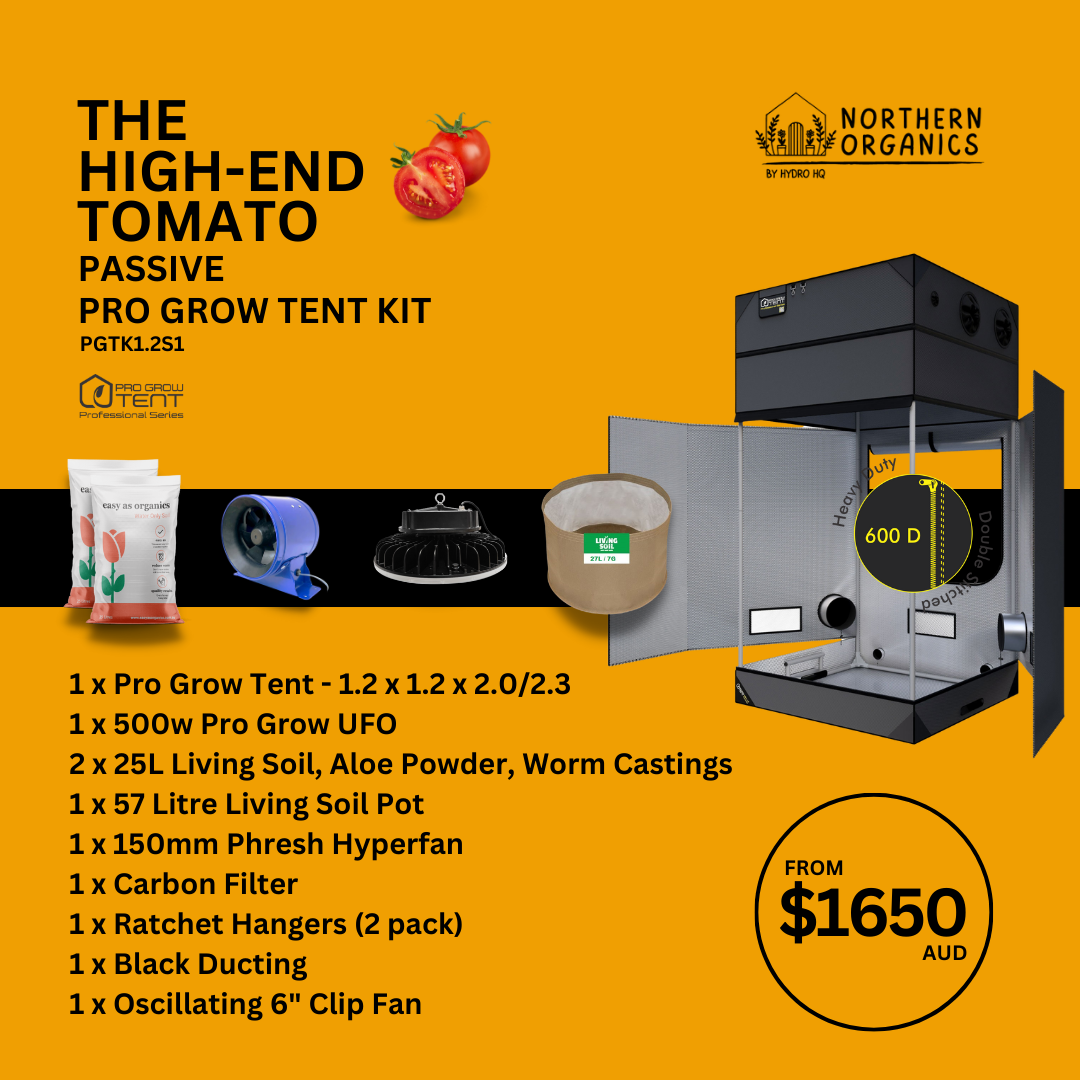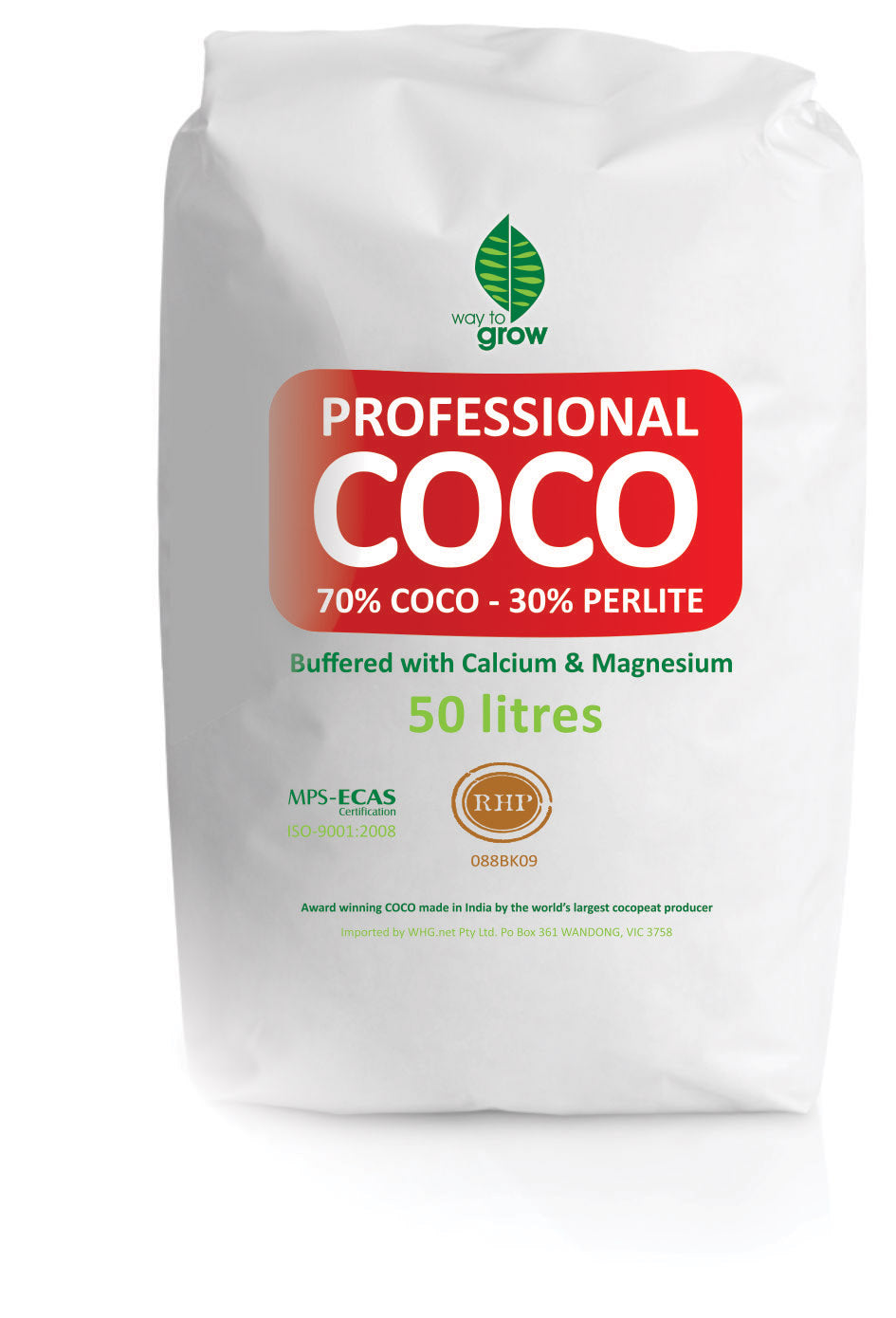Symbiosis of Plants & Fungi
Mycorrhizal fungi are a type of mutualistic fungi that form symbiotic associations with the roots of most vascular plants. The word "mycorrhiza" literally means "fungus-root" in Greek, highlighting the nature of this symbiotic relationship. In this association, the fungi colonize the root system of the host plant, forming a specialized structure called a mycorrhiza, which serves as a conduit for nutrient exchange between the two partners. In the symbiotic relationship between mycorrhizal fungi and plants, the fungi receive essential nutrients, particularly sugars and other organic compounds produced by the plant during photosynthesis, these carbohydrates are rich energy sources for the fungi.
The primary benefit for mycorrhizal fungi is access to a steady supply of organic carbon from the host plant. Fungi are unable to perform photosynthesis like plants, so they rely on external sources for their carbon and energy needs. By forming a mutualistic association with plants, mycorrhizal fungi gain access to a consistent supply of sugars and other organic substances that they cannot produce themselves. In addition to sugars, mycorrhizal fungi also receive other nutrients from the host plant, including amino acids and lipids.
The symbiotic relationship provides several key benefits to the plants. The fungi extend the plant's root system by exploring a larger volume of soil, enabling them to access nutrients, particularly phosphorus, that may not be present in forms readily available to the plant. These essential nutrients are transferred to the plant's root cells, enhancing nutrient uptake. The extensive fungal hyphal network also improves water absorption, making the plant more resistant to drought conditions. Additionally, mycorrhizal associations contribute to disease resistance, better soil structure, and increased stress tolerance, allowing plants to cope with various environmental challenges. Overall, the partnership with mycorrhizal fungi leads to improved plant growth, development, and fitness, demonstrating a mutually beneficial relationship where both partners support each other's survival and well-being.
This mutually beneficial exchange of nutrients between mycorrhizal fungi and plants is crucial for the health and vitality of both partners and plays a significant role in enhancing plant growth, nutrient uptake, and overall ecosystem functioning.
There are the two main groups of mycorrhizal fungi, ectomycorrhizal (ECM) fungi and arbuscular mycorrhizal (AM) fungi.
- Ectomycorrhizal (ECM) fungi: These fungi form a sheath around the plant root, known as the mantle, and also extend hyphae (fine filaments) into the spaces between root cells. ECM fungi are commonly associated with trees, such as pines, oaks, and birches, as well as with some shrubs.
- Arbuscular mycorrhizal (AM) fungi: These fungi penetrate the root cells of the host plant, forming branched structures called arbuscules. AM fungi are associated with a wide range of plant species, including agricultural crops and grasses.
Modern farming practices, particularly intensive agriculture, have had a significant impact on mycorrhizal fungi. The use of chemical fertilisers, pesticides, and tillage can disrupt the delicate balance of the mycorrhizal symbiosis.
- Chemical fertilisers: These fertilisers are typically high in readily available nutrients, which can reduce the plant's dependence on mycorrhizal fungi for nutrient uptake. As a result, the symbiotic association may weaken or even break down over time.
- Pesticides: Some pesticides, particularly fungicides, can directly harm mycorrhizal fungi, leading to a decline in their populations. This can disrupt the nutrient cycling and soil structure functions they provide.
- Tillage: Intensive tillage practices can physically damage the fungal hyphae, disrupting the mycorrhizal network in the soil. This can limit the establishment and growth of mycorrhizal associations in subsequent plantings.
The loss or disruption of mycorrhizal fungi in agricultural systems can have negative consequences. Plants may become more reliant on external inputs, such as synthetic fertilizers, to meet their nutrient needs. Soil health and structure can decline, leading to reduced water retention and increased erosion. Efforts to promote sustainable farming practices, such as reduced tillage, organic fertilization, and the use of mycorrhizal inoculants, can help restore and support the beneficial role of mycorrhizal fungi in agricultural ecosystems.
Some mycorrhizal fungi species do produce mushrooms or fruiting bodies. These mushrooms are the above-ground reproductive structures of certain mycorrhizal fungi. However, it's important to note that not all mycorrhizal fungi produce mushrooms, and the presence or absence of mushrooms does not necessarily indicate the presence or absence of mycorrhizal fungi. Ectomycorrhizal (ECM) fungi are the group of mycorrhizal fungi most associated with mushroom production. Many familiar mushroom species, such as chanterelles, porcini, and truffles, are ectomycorrhizal. These mushrooms form symbiotic associations with tree roots and are often found in forests. On the other hand, arbuscular mycorrhizal (AM) fungi, which form associations with a wide range of plants including agricultural crops, do not typically produce mushrooms or large, visible fruiting bodies. Instead, they primarily exist as microscopic structures within the plant roots, making them less conspicuous.
In conclusion, the symbiosis between mycorrhizal fungi and plants represents a remarkable example of mutualistic cooperation in the natural world. This fascinating partnership allows both fungi and plants to thrive and survive in diverse ecosystems. Mycorrhizal fungi play a crucial role in facilitating nutrient uptake for plants, particularly phosphorus, and, in return, receive essential sugars and other organic compounds produced during photosynthesis. Through their extensive hyphal networks, mycorrhizal fungi expand the reach of plant roots, accessing nutrients beyond the plant's normal reach and enhancing soil structure. As a result, the ecosystem benefits from improved nutrient cycling, water retention, and overall soil health. These mycorrhizal associations are not limited to specific plant species; they exist across a wide range of plant families, from forests to agricultural fields. As we continue to learn more about mycorrhizal fungi and their significance in ecological systems, efforts to promote sustainable farming practices and protect natural habitats will become increasingly crucial. By understanding and preserving the role of mycorrhizal fungi, we can harness their potential to enhance agricultural productivity, restore degraded soils, and promote a healthier and more resilient environment for future generations.





